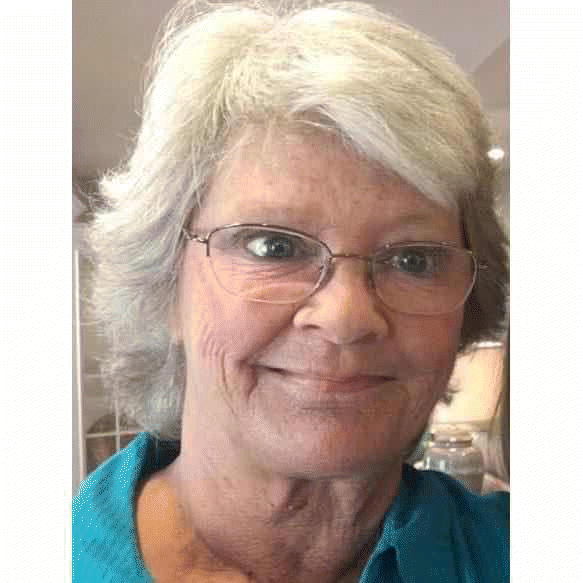Baker students learn about money management during Reality Fair
Published 9:38 am Thursday, March 28, 2019
Baker Intermediate School sixth-grader Kaleb Hayes thought carefully about how much he wanted to donate and to which charity. Finally settling on the American Red Cross, he slid a crisp, bright-green $10 bill across the table to Shonda Johnston.
Johnston, a Clark County Extension agent, was a volunteer at Baker’s annual Reality Fair Wednesday, during which students learned the importance of budgeting and creating spending priorities.
Johnston said she was surprised at the generosity of some of the students when it came to the contributions booth.
The highest donation from one student was about $30, which was nearly 14 percent of the initial cash given to each student. Another student returned to the contributions booth after having already donated, but they felt the need to give more.
Throughout the fair, put together through a partnership with Baker and Clark County 4-H, students visited about 15 booths including stops at the veterinarian’s office, the toy store, hair salon and more.
Mike Hamilton, a sixth-grade teacher at Baker Intermediate School, said all sixth-grade students participate in the fair.
“There’s a department store,” Hamilton said. “There’s a bank; there’s contributions, transportation and several others.
“Then, they have a list of things that they need to go through and buy things from us.”
Hamilton said the fair intends to teach students about responsibly spending money by focusing on needs rather than wants.
“We talked about needs and wants the other day,” he said. “A lot of people, a lot of students, had misconceptions on what is a need versus a want.”
Teachers give students $220 at the beginning, but then take $20 away to represent taxes. The students then must decide how much they want to spend at each booth.
“It’s really good for students to learn how to spend money and manage money,” Hamilton said.
Cindy Whiteside, a counselor at Baker, said the rules of the fair require students to spend money at each booth, so the main task for students is budgeting.
Before students attend the fair, teachers also randomly assign them specific responsibilities such as owning pets which could lead to additional costs.
Sixth-grader Julia Lopresti said she owned a dog and two rabbits which meant she had to spend more money than she anticipated.
“This showed me that animals cost a lot of money,” Lopresti said.
Though she said she did splurge on a bicycle, she also opted for the inexpensive bedroom necessities instead of the more luxurious items. At the end of the fair, she had about $25 left, $20 in the bank and $5 in cash.
Lopresti said she is glad she started learning about how to spend money wisely at the Reality Fair rather than waiting for reality to come to fruition without ever talking about money management. She’s a little bit more prepared, she said.
“If you don’t learn it now, when you grow up, you’ll have to learn it then,” she said.











